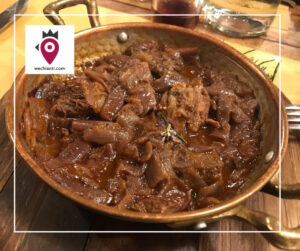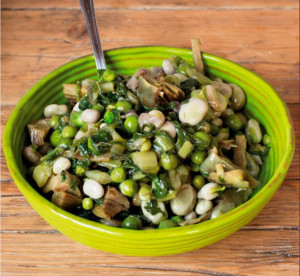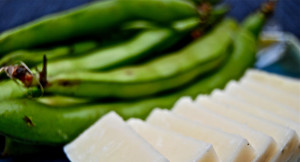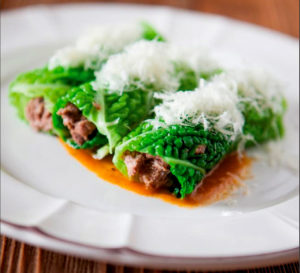Articolo disponibile anche in: Italian
In parts 1 and 2, we have seen that wine seems to have originated 6.000-7.000 years ago in a zone situated between Georgia and Armenia in the southern Caucasus.
Terracotta jars were found where wine was produced by fermentation of the spontaneous grapevine. Legend tells us that Jason’s Argonauts while looking for the Golden fleece, crossed these lands, drinking from a fountain from which wine welled. In a mix between mythology and reality, other faraway populations associated the birth of wine to the myth of the flood and to a new dawn of civilization as recounted in the first two parts of this article.
Here we arrive at a third page of history, one more well known: the great civilizations of the Mediterranean and of the fertile Crescent, where wine had the role of absolute protagonist in the space between eros and transcendence.
In these lands between the Mediterranean and the valley of the two great rivers, the Tiger and the Euphrates, we can see the domestication of wine. It isn’t clear how wine undertook the long voyage from the Transcaucasus zones to the Mediterranean: the most likely hypothesis is that it was thanks to merchants who covered thousands of kilometers and conducted legendary horse crossings in those years. Another valid hypothesis is that the grapevine grew spontaneously in our area.
In the vast world of the Mesopotamian civilizations which we know surely loved and consumed wine (notably the Assyrians and the Sumerians), the ancient Babylonians contributed to the myth of the flood through the person of Dercos Haelius, sailor of the new wine, upon whom later was modeled the more well known Greek myth of Deucalione.
They were the first to offer artistic witness to people drinking wine. In fact, you can see the Stendard of Ur (circa 2500 BC) at the British Museum. The Babylonians also venerated a specific goddess, Geshtin, the mother of the vine. But the first actual cultivators of the grapevine, who first tried a preparatory ergonomic approach to winemaking, were the ancient Egyptians.
They too, had a Pantheon associated to the world of wine; Osiris, god of agriculture as of life after death, god of wine and revelry. In other places, wine represented the sweat of Ra or the tears of Horus. One of the most unusual characteristics of Egypt and civilization were the so-called “feste dell’ubriacatezza” (get drunk parties), where wine was united to a sexual sphere: wine and the pleasure of the flesh, all combined to induce a theophonic state; they allow you to perceive an ecstasy associated with a divinity or a transcendence, as an extrabody experience. Wine still wasn’t a popular drink. The Egyptians drank beer.
But wine was consumed by the richer and religious classes as an element which increased the level of perception; between the “tremendum” and the “fascinans”, a functional disequilibrium between the “Id’ and the “superego”, a state above conscience. In this, sexuality and pleasure cover an important role in the Egyptian culture.
Francesco Sorelli – Il Bisarno Oltre la Sieve





